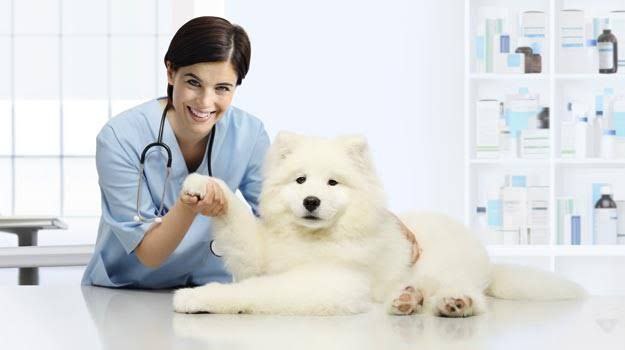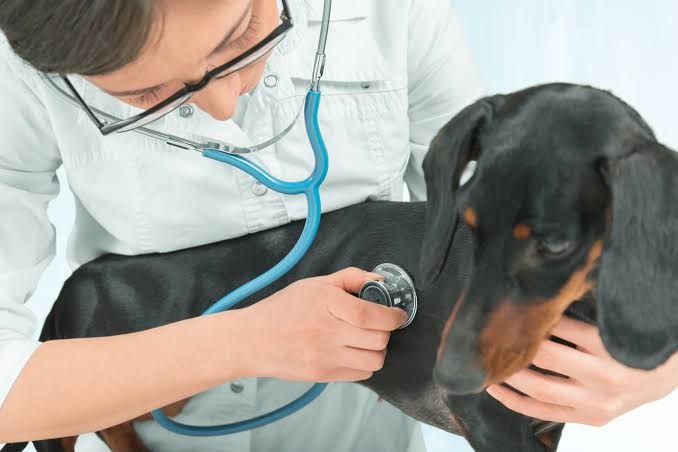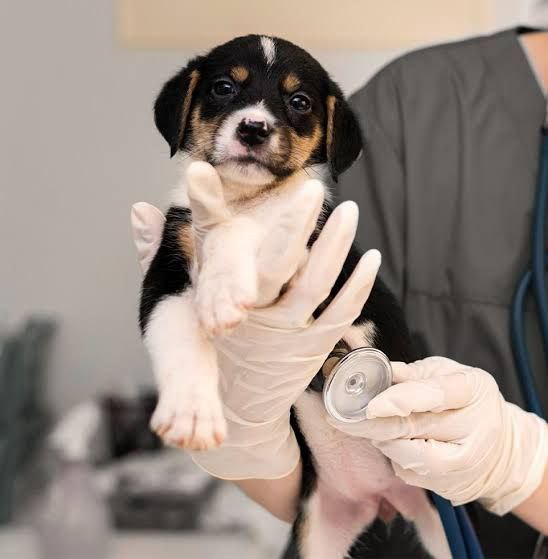how long can a dog go without using the bathroom
Understanding how long a dog can go without using the bathroom is important for pet owners to ensure their dog’s health and well-being. Several factors influence a dog’s ability to hold their urine and feces, including age, size, health, and individual bladder capacity. Here, we’ll explore general guidelines and factors to consider regarding a dog’s bathroom needs.how long can a dog go without using the bathroom
Factors Affecting a Dog’s Bathroom Needs
Several factors can influence how long a dog can hold their urine and feces:
- Age and Size
- Puppies have smaller bladders and weaker sphincter muscles, making it more challenging for them to hold their bladder for extended periods. As they mature, their bladder capacity increases. Smaller dog breeds generally have smaller bladders compared to larger breeds.
- Health and Hydration
- Dogs with certain health conditions, such as urinary tract infections or kidney disease, may experience increased frequency and urgency to urinate. Additionally, adequate hydration is essential for maintaining healthy bladder and bowel function.how long can a dog go without using the bathroom
- Routine and Training
- Dogs that have been trained to follow a regular bathroom routine are more likely to have better bladder and bowel control. Consistent training and reinforcement can help dogs understand where and when it is appropriate to relieve themselves.how long can a dog go without using the bathroom
- Diet and Digestion
- The type and quality of a dog’s diet can affect their bowel movements. High-fiber diets can promote regular bowel movements, while dietary changes or certain food ingredients can impact the frequency and consistency of feces.how long can a dog go without using the bathroom
- Exercise and Activity Level
- Regular exercise and physical activity can stimulate a dog’s digestive system and promote more frequent bowel movements. Active dogs may need to relieve themselves more often than less active dogs.how long can a dog go without using the bathroom
General Guidelines for Bathroom Frequency

While the specific time frame may vary based on individual factors, here are some general guidelines for how long a dog can typically go without using the bathroom:
- Urination
- Adult dogs with normal bladder control can typically hold their urine for 4 to 6 hours. Puppies and smaller breeds may need more frequent bathroom breaks, ranging from 2 to 4 hours.how long can a dog go without using the bathroom
- Bowel Movements
- Adult dogs usually have bowel movements once or twice a day. However, the frequency can vary depending on factors such as diet, exercise, and individual metabolism. Some dogs may have bowel movements less frequently, while others may go more often.how long can a dog go without using the bathroom
- Overnight Period
- Healthy adult dogs can usually sleep through the night without needing to urinate or have a bowel movement. However, puppies and older dogs may have more frequent needs during the night.how long can a dog go without using the bathroom
It’s important to note that these are general guidelines and individual dogs may have different needs. Some dogs may require more frequent bathroom breaks due to specific health conditions or other factors. Monitoring your dog’s bathroom habits and seeking veterinary advice if you notice any changes or concerns is always recommended.how long can a dog go without using the bathroom
Signs That a Dog May Need to Relieve Themselves
While there are general guidelines for how long a dog can go without using the bathroom, it’s important to recognize signs that indicate your dog needs to relieve themselves. Look out for the following signs:how long can a dog go without using the bathroom
- Restlessness and Whining
- If your dog seems restless, paces around, or whines, it may be a sign that they need to go outside or use the designated bathroom area.how long can a dog go without using the bathroom
- Sniffing and Circling
- Dogs often exhibit sniffing and circling behavior when they are searching for a spot to relieve themselves. If you observe these behaviors indoors, it’s an indication that your dog needs to go outside.how long can a dog go without using the bathroom
Signs That a Dog May Need to Relieve Themselves

- Squatting or Posturing
- If your dog starts to squat or assume a posture similar to their bathroom routine, it is a clear indication that they need to use the bathroom urgently.
- Whimpering or Pawing at the Door
- Some dogs may whimper, scratch at the door, or exhibit other signs of anxiety or urgency when they need to go outside to relieve themselves.
- Sudden Behavioral Changes
- Unusual behavioral changes, such as increased agitation, restlessness, or repeated attempts to get your attention, could indicate that your dog needs to use the bathroom.
- Sniffing or Licking the Genital Area
- Excessive sniffing or licking of the genital area can be a sign that your dog needs to urinate or has discomfort related to bladder or urinary issues.
The Importance of Regular Bathroom Breaks
While dogs can hold their urine and feces for a certain period, it is crucial to provide them with regular bathroom breaks to ensure their comfort and well-being. Regular bathroom breaks help prevent accidents indoors, promote good hygiene, and support healthy urinary and digestive systems. Additionally, frequent opportunities to relieve themselves allow dogs to engage in natural behaviors and maintain proper bladder and bowel function.how long can a dog go without using the bathroom
Establishing a consistent bathroom routine and providing timely access to appropriate bathroom areas or outdoor spaces is essential for your dog’s physical and mental health. Puppies and senior dogs may require more frequent breaks due to their unique needs.how long can a dog go without using the bathroom
If you have concerns about your dog’s bathroom habits, notice changes in frequency or consistency, or suspect any underlying health issues, it is recommended to consult with a veterinarian. They can provide personalized guidance based on your dog’s age, health, and specific circumstances.how long can a dog go without using the bathroom
Remember, understanding your dog’s individual needs and providing appropriate opportunities for them to relieve themselves is an important aspect of responsible pet ownership.
| Question | Answer |
|---|---|
| How long can a dog go without using the bathroom? | Several factors influence a dog’s ability to hold their urine and feces, including age, size, health, and individual bladder capacity. While the specific time frame may vary, general guidelines suggest adult dogs can hold their urine for 4 to 6 hours and have bowel movements once or twice a day. Puppies and smaller breeds may have more frequent needs. |
| What factors affect a dog’s bathroom needs? | Age, size, health, hydration, routine, training, diet, digestion, and exercise levels can all influence a dog’s bathroom needs. Puppies have smaller bladders, while certain health conditions or dietary factors can affect urinary and bowel habits. Regular exercise and training can promote better control. |
| Can dogs hold their urine overnight? | Healthy adult dogs can typically sleep through the night without needing to urinate. However, puppies and older dogs may have more frequent needs during the night. |
| What signs indicate that a dog needs to relieve themselves? | Restlessness, whining, sniffing, circling, squatting or posturing, whimpering or pawing at the door, sudden behavioral changes, and sniffing or licking the genital area can all be signs that a dog needs to go outside or use the designated bathroom area. |
| How important are regular bathroom breaks for dogs? | Regular bathroom breaks are essential for preventing accidents indoors, maintaining good hygiene, and supporting healthy urinary and digestive systems. They allow dogs to engage in natural behaviors and prevent discomfort or health issues related to holding urine or feces for too long.how long can a dog go without using the bathroom |
Read More:
